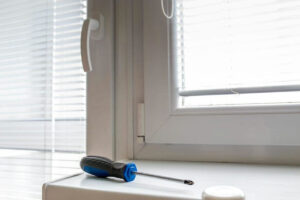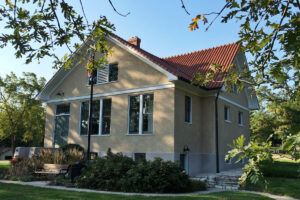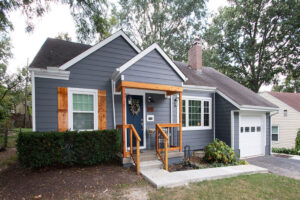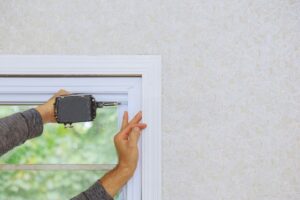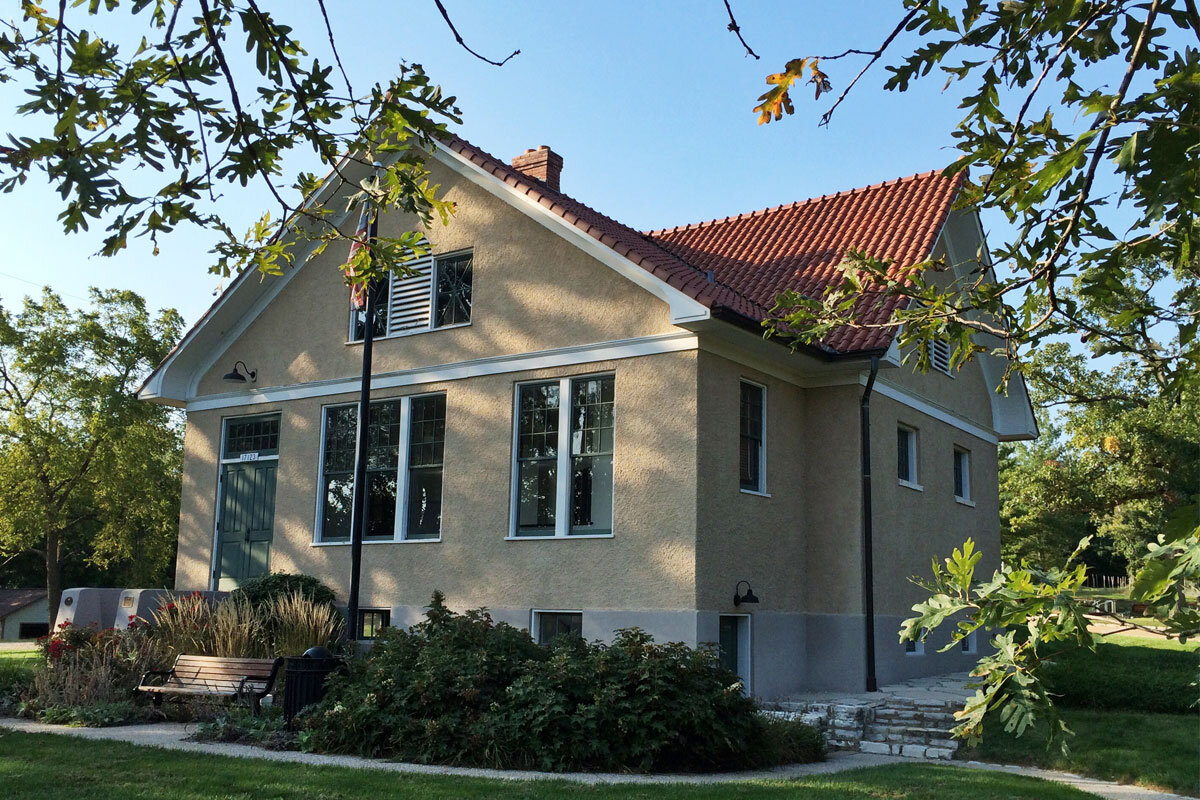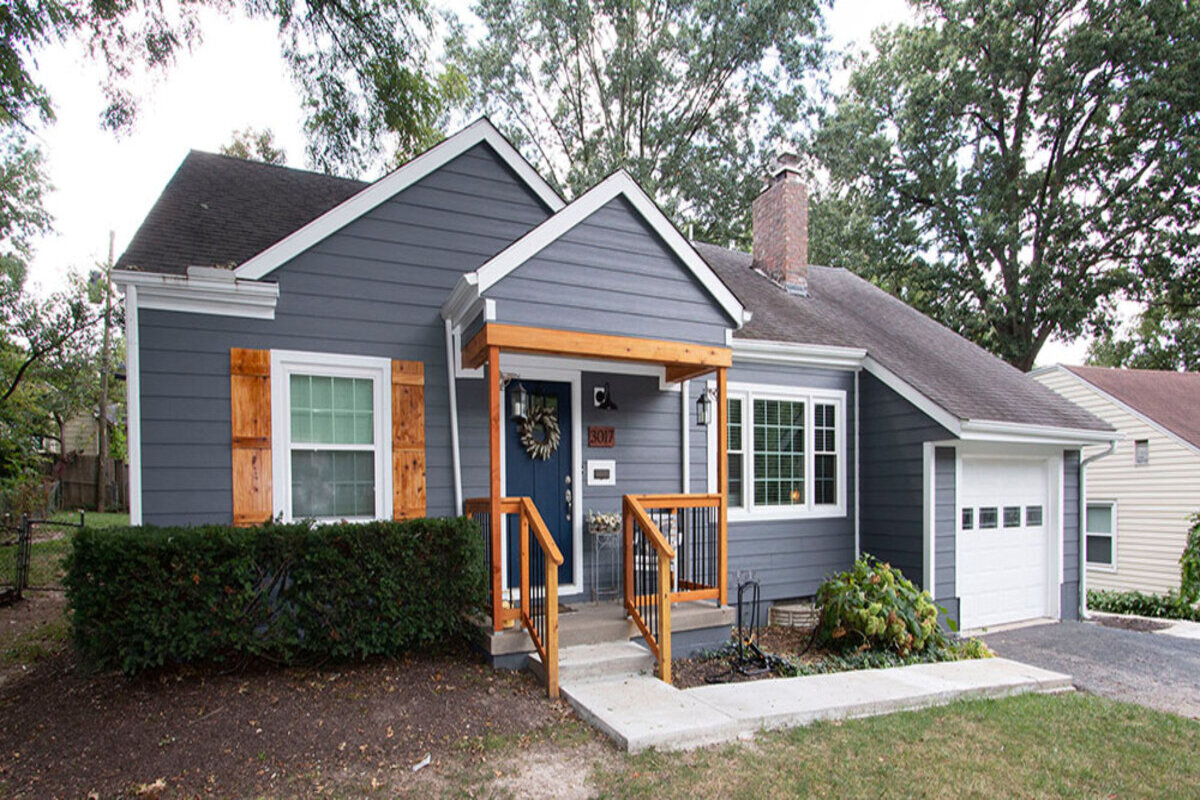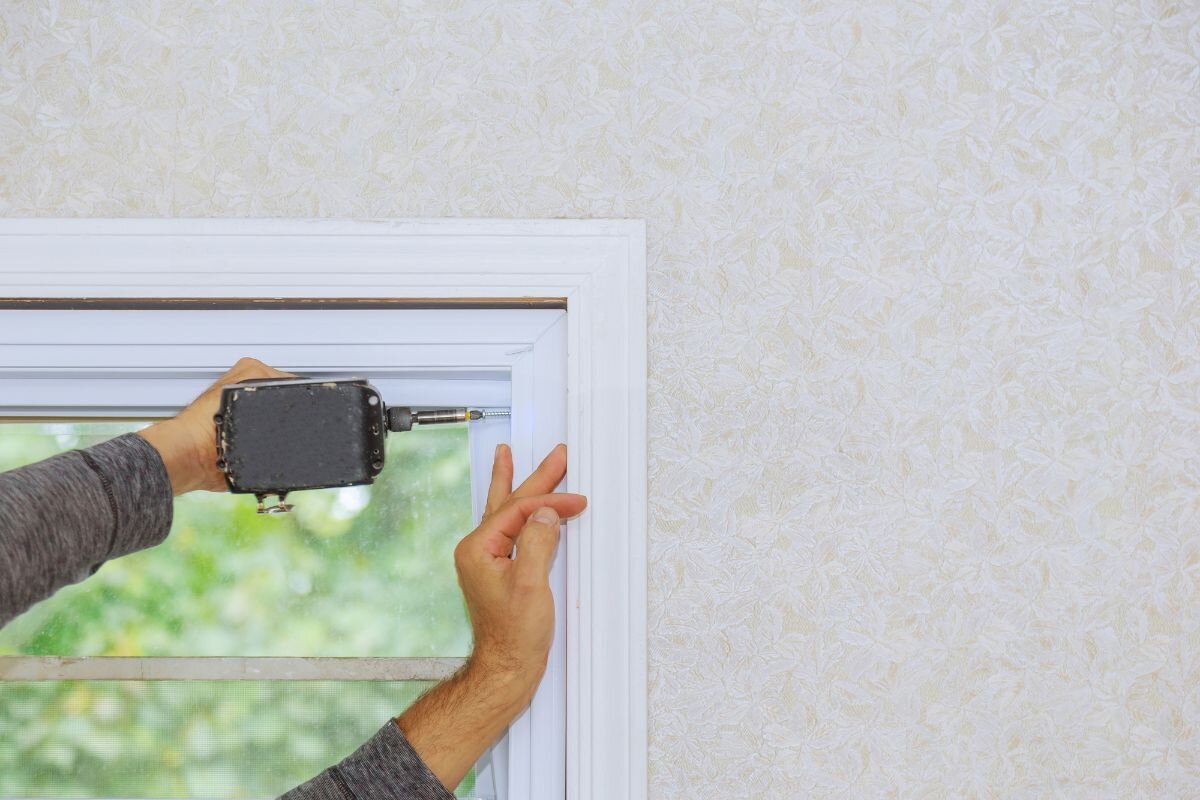Vinyl siding is still a popular option, but, unfortunately, its drawbacks outweigh its positive benefits.
If you are considering using vinyl for your home siding, do your research to make an informed choice about whether it is the best siding material for your home.
In our opinion, James Hardie siding is the only way to go, particularly in Saint Louis with our erratic weather.
Why is Vinyl Siding Popular in Saint Louis?
Vinyl siding has been popular in the Saint Louis market for 20 to 25 years as there was a shift away from wood siding. It was appealing because it was low maintenance compared to wood and was a cheap siding alternative.
Being a union market, Saint Louis tended to have higher labor costs, so when there was a building boom in the 80s and 90s, there was a desire to keep costs down, and vinyl grew in popularity.
Saint Louis is one of a handful of markets around the country where vinyl is still very popular. In fact, other markets are shocked that “plastic” is often the preferred siding option.
Pros and Cons of Vinyl Siding
There are some positives to using vinyl on your home, or it wouldn’t be such a popular option. However, there are several drawbacks that may make you reconsider vinyl for your siding.
Choosing a siding material comes down to your long-term goal. We believe fiber cement siding offers more value than vinyl long-term.
Pros
- Vinyl is low maintenance over a short period.
- It is a solid-color product and doesn’t need to be repainted.
- It is a cheaper siding material initially.
- It doesn’t require specialist knowledge to be installed correctly.
Cons
- Vinyl prices have increased over the years.
- Vinyl siding is a loose system that hangs on your wall.
- It expands and contracts with extreme temperatures.
- Vinyl allows air, moisture, and wind to get behind the siding and can potentially blow off the wall.
- Vinyl is susceptible to moisture damage, and this moisture can get into the substrate. You can’t see the damage easily because vinyl doesn’t rot like wood.
- Vinyl sustains sun damage. Even though manufacturers use titanium dioxide, it still fades. Dark colors, in particular, are susceptible to considerable fading over 7-10 years.
What are Better Siding Alternatives to Vinyl?
James Hardie siding is the best alternative to vinyl for siding replacement for your home.
Here are some of the reasons we think fiber cement makes for the best siding:
- James Hardie siding is made with climate technology, making it ideal for our Saint Louis weather.
- It does not warp, swell, or absorb moisture.
- When professionally installed, James Hardie siding creates a weather-tight insulation system for your home.
- It is low maintenance and cost-effective in the long run.
- James Hardie siding comes with a 30-year, non-prorated, and transferable warranty.
- It comes in various styles, designs, and colors, making it a highly customizable siding choice.
- You can repaint Hardie siding after 10 to 15 years, allowing you to change the color and increase your curb appeal.
At Hawthorn, We Trust James Hardie Siding
At Hawthorn, we specialize in James Hardie siding and don’t install any other options.
We focus on being best-in-class and using products that we know and trust. Our goal is to help you design the house of your dreams, which means using the best products on the market.
We are confident that our processes and products will make the renovation process stress-free and enjoyable for our clients.
If you have been considering vinyl siding but want a more durable option, contact us for a free estimate.


